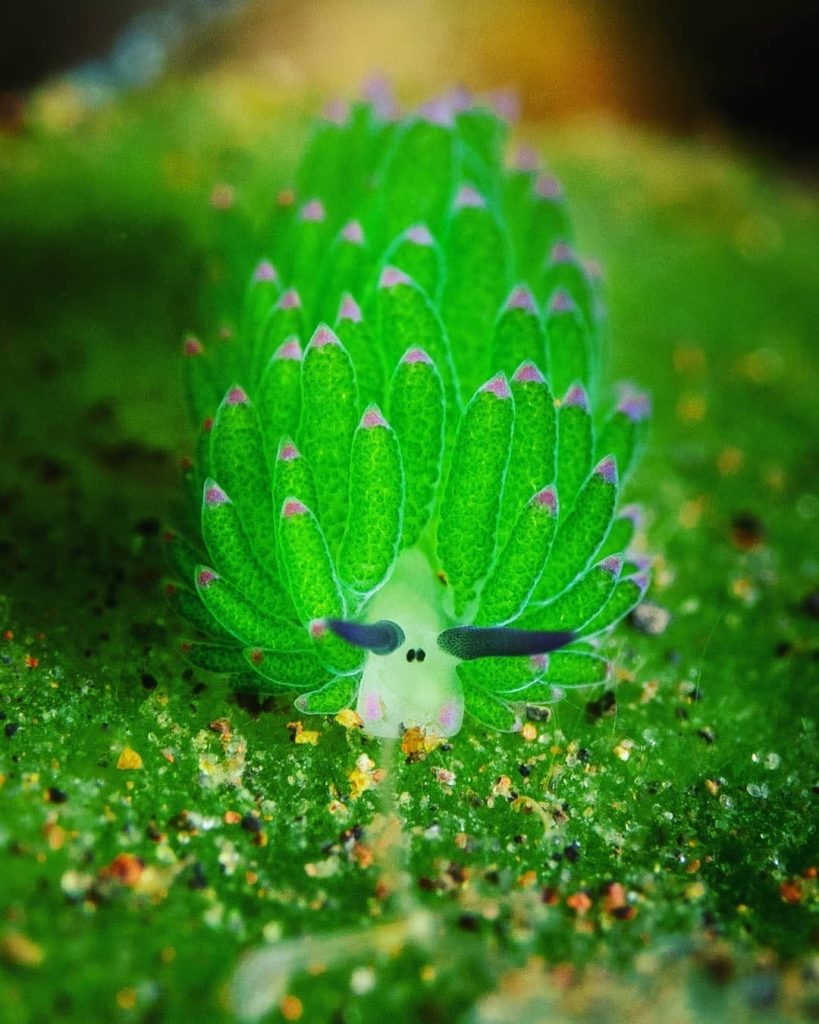In the vast and mysterious ocean depths, a captivating creature dwells – the adorable sea sheep. Known for its endearing appearance and fascinating behavior, this sea slug has piqued the interest of marine enthusiasts worldwide. In this article, we delve into the enchanting world of the sea sheep, exploring its characteristics, role in marine ecosystems, and why it has earned the admiration of so many.
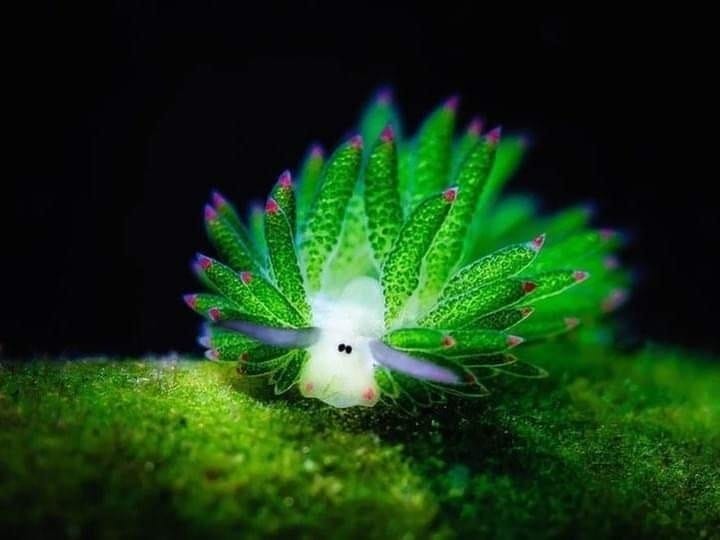
Meet the Sea Sheep: Appearance and Name
The sea sheep, also scientifically known as Costasiella kuroshimae, is a species of sacoglossan sea slug. Its charming appearance has earned it the nickname “sea sheep” due to its resemblance to a fluffy and adorable miniature sheep.

Tiny Yet Mighty: A Delicate Sea Slug
Despite its cute and delicate appearance, the sea sheep plays a vital role in marine ecosystems. It is a small creature, typically measuring around 5 millimeters in length. Its compact size allows it to navigate through intricate coral structures with ease.
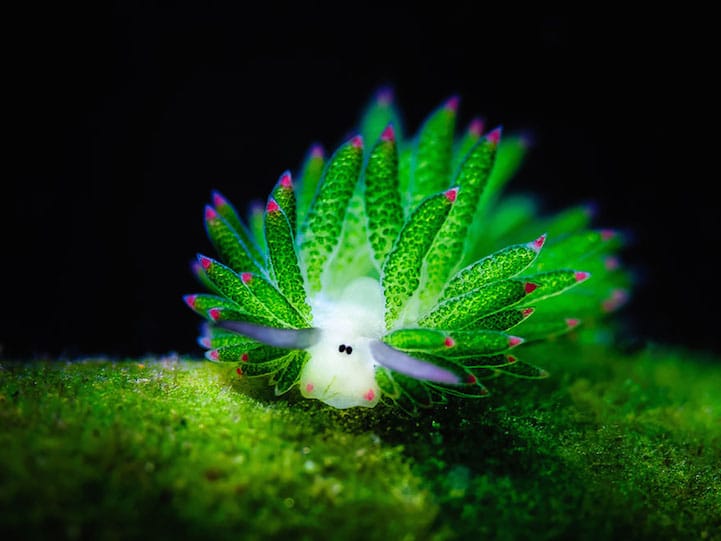
Camouflaging Magic: Photosynthesis in Sea Slugs
One of the most intriguing aspects of the sea sheep is its ability to photosynthesize. It houses chloroplasts from the algae it consumes in its body, enabling it to utilize sunlight to produce energy – a phenomenon called kleptoplasty. This unique adaptation allows the sea sheep to reduce its reliance on external food sources and thrive in environments with abundant algae.
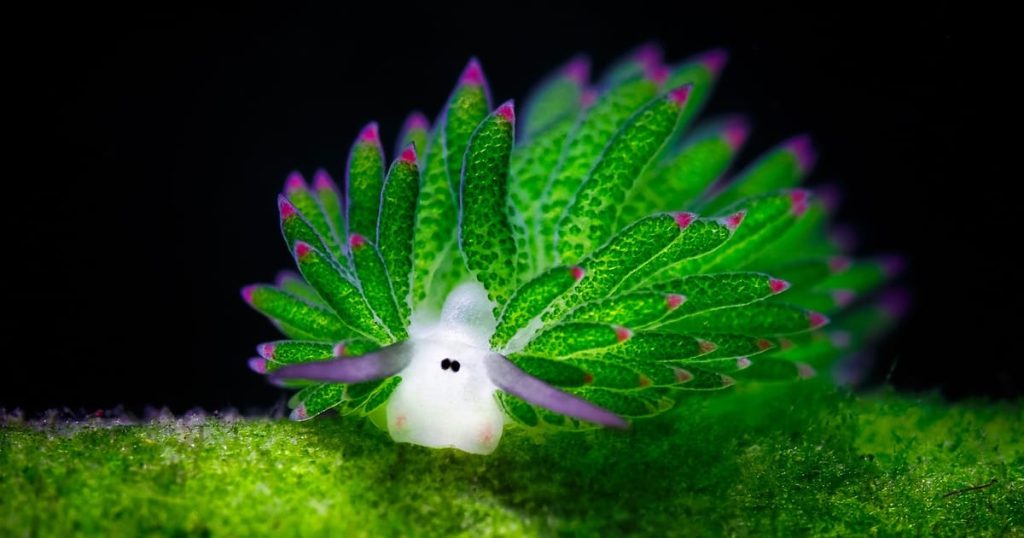
Algae Devourer: A Valuable Ecological Role
The sea sheep’s primary diet consists of algae, especially green algae species. As it grazes on algae-covered surfaces, it actively contributes to the regulation of algae populations. This crucial role prevents excessive algae growth, which could otherwise be detrimental to marine ecosystems.
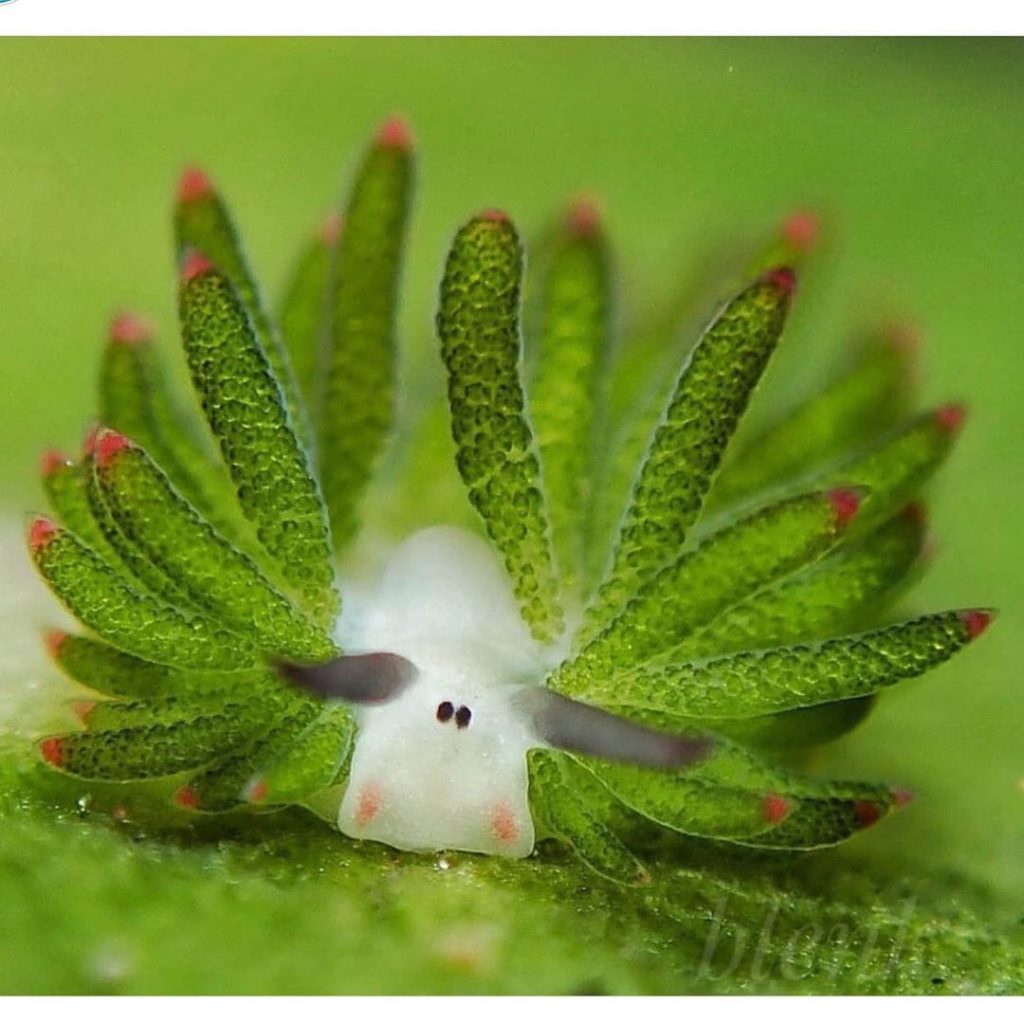
Conservation Concerns: The Impact of Climate Change
While the sea sheep is a resilient creature, climate change poses challenges to its survival. Changes in water temperature and ocean acidity can affect the availability and health of algae populations, which are essential for the sea sheep’s nourishment.
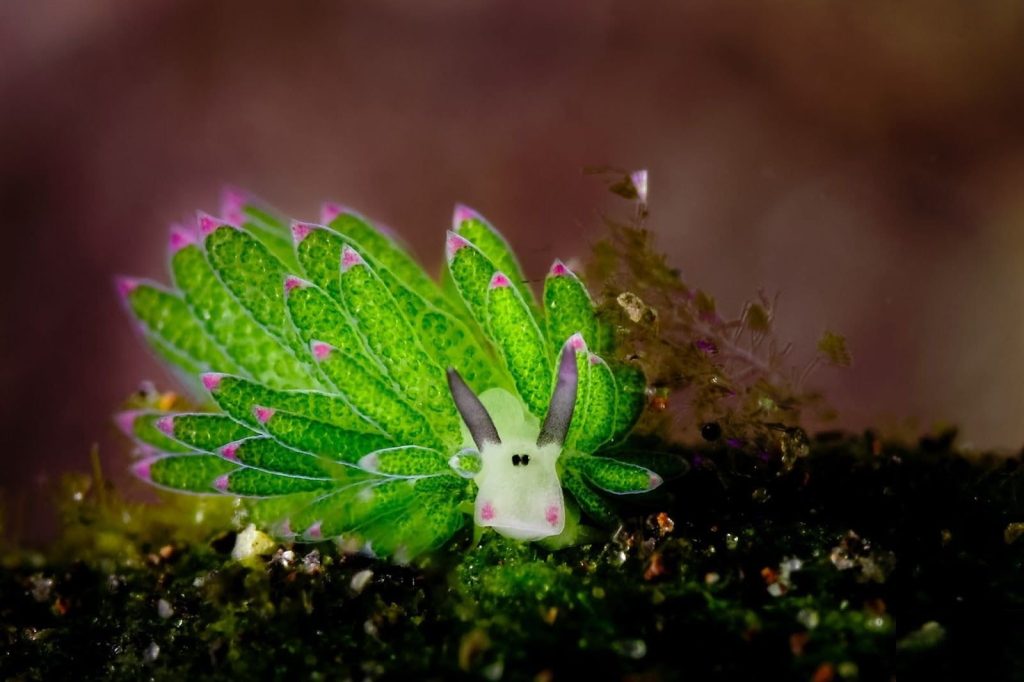
Sea Sheep and Biodiversity: A Rich Ecosystem
The presence of sea sheep in marine habitats indicates a diverse and thriving ecosystem. Their existence often signifies a healthy balance between algae, sea slugs, and other marine organisms, contributing to the overall well-being of the underwater world.
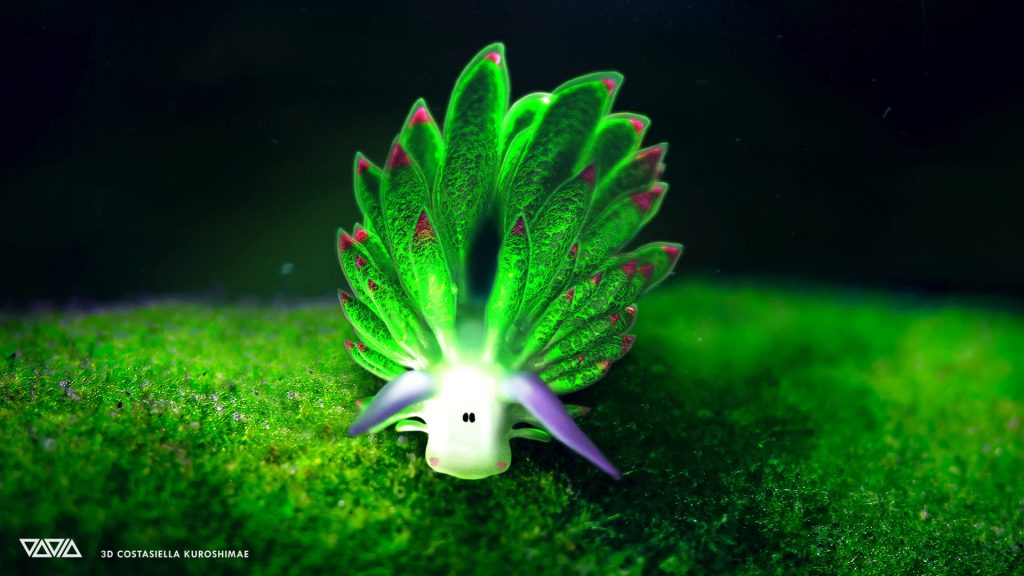
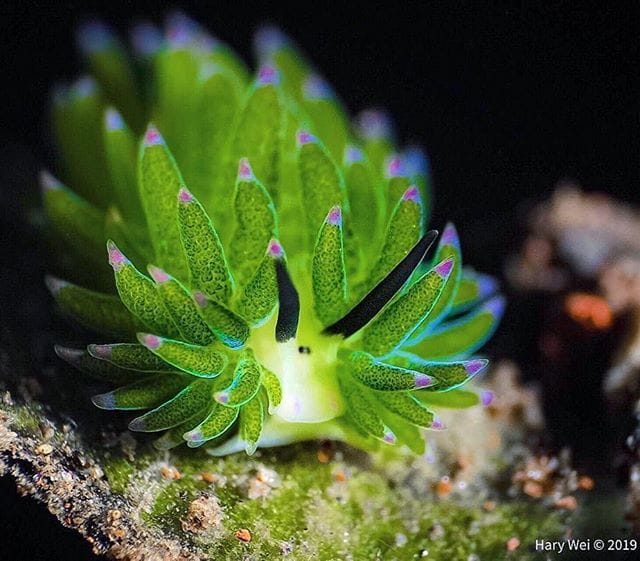
Observing the Adorable Sea Sheep
Marine enthusiasts and scientists alike find joy in observing the sea sheep in its natural habitat. Snorkeling and diving expeditions provide opportunities to witness these endearing creatures in action, grazing on algae-covered surfaces and gliding through coral reefs.

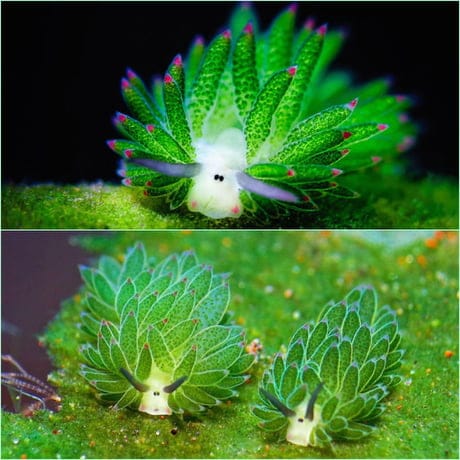
Preserving the Adorable Sea Sheep
As the impact of human activities on marine environments intensifies, preserving the habitat of the sea sheep becomes paramount. Efforts to protect and conserve coral reefs and algae-rich areas are vital to ensure the continued existence of this fascinating sea slug.

